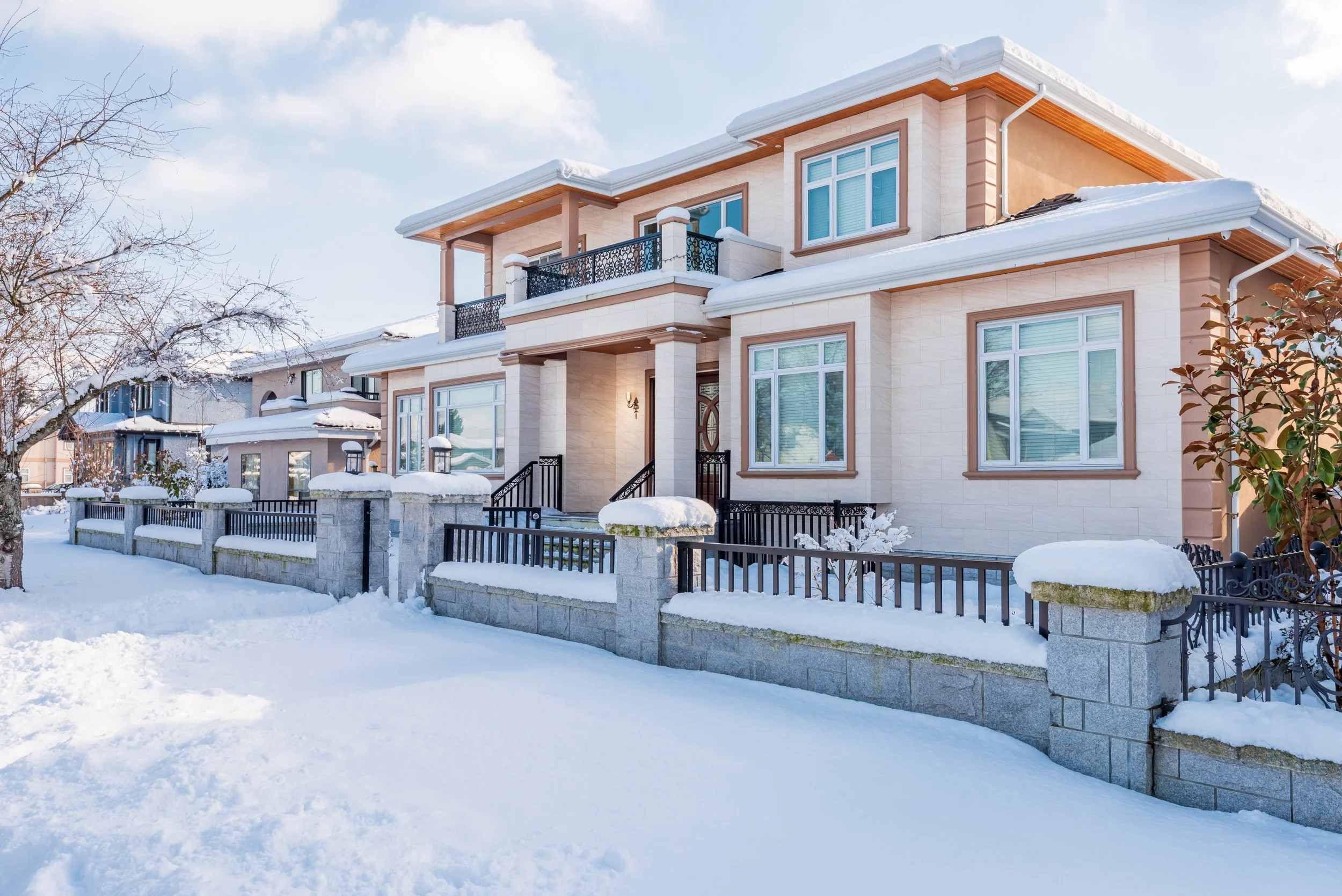Tips for Servicing Your Home's Flat Roof
Flat roofs are affordable as well as efficient, and those are just two of the reasons why they are a popular option for residential buildings. If you have a flat roof, then there are some key maintenance steps that you will need to take if you want to keep that area of your home damage-free in the coming years.
Schedule Regular Inspections
Even though inspecting a flat roof might seem like a relatively simple project, it is always a good idea to work with an experienced roofing professional. A residential roofing contractor, someone like Commercial Solutions, Inc., might be able to find some issues that the average homeowner is going to miss, and that could end up saving them quite a bit of money. As a general rule, homeowners should plan on having their flat roofs inspected by a professional contractor at least once every three to five years.
Remove Debris Right Away
Sloped roofs can still collect debris, but most leaves and branches are going to slide off after a short period of time. When a roof is flat, it could collect a tremendous amount of debris before you know it, and that material is going to increase your risk of everything from roof leaks to pest infestations simply because of the weight putting stress on the roof. It is typically recommended that homeowners clean debris off their roofs once every few months and after major storms.
Ensure That You Have Proper Drainage
Having an effective drainage system is going to be absolutely vital to the longevity of your flat roof, and ponding water can quickly result in major damage to your home. If you have recently noticed ponding water on your roof, then you should call your roofing contractor to determine what type of system can be put in place to prevent pools of water from collecting on top of your home.
Immediately Replace Damaged Seams, Membranes, and Flashings
Having excellent drainage is a great start, but you must still make sure that all of the sealing components of your roof remain undamaged. As soon as you notice any cracking seams, bent flashings, or holes in the membranes, you must replace the materials right away. When that type of damage is caught and repaired early on, it will reduce your risk of overwhelming structural damage in the coming months.
Regular service calls and preventative maintenance will extend the lifespan of your flat roof, but there will come a point when it needs to be replaced entirely. While every home is different, you should plan on having your flat roof replaced once every 15 or 20 years.


